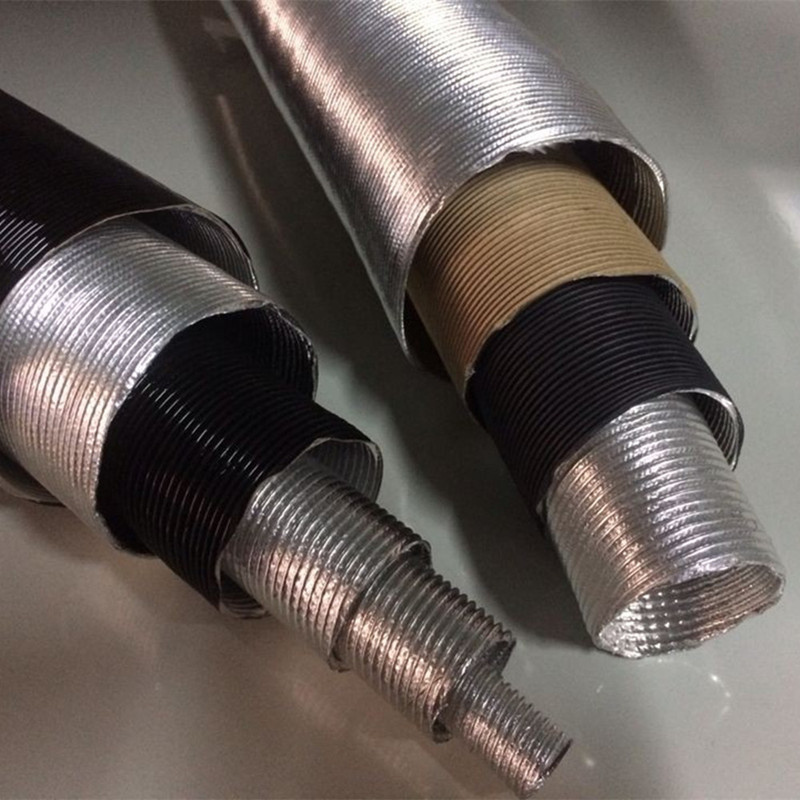Aluminiowa rura falista to rodzaj rury wykonanej z aluminium, która ma na swojej długości strukturę falistą lub żebrowaną. Ten projekt ma kilka zalet:
Elastyczność: Struktura falista umożliwia łatwiejsze zginanie i zginanie rury niż rury o gładkich ściankach, wykonane z tego samego materiału i o tej samej grubości. Ta elastyczność jest szczególnie przydatna w zastosowaniach, w których rura musi być poprowadzona w ciasnych przestrzeniach lub wokół narożników bez załamań.
Wytrzymałość: Pomimo swojej elastyczności aluminiowe rurki karbowane zachowują dobrą integralność strukturalną i wytrzymałość. Może wytrzymać umiarkowane naciski i uderzenia, nie odkształcając się ani nie łatwo łamiąc.
Lekki: aluminium samo w sobie jest lekkim materiałem, a falista konstrukcja dodatkowo zmniejsza wagę, zachowując jednocześnie wytrzymałość. Dzięki temu aluminiowe rury faliste są łatwiejsze w obsłudze i montażu w porównaniu z cięższymi materiałami, takimi jak stal.
Przenikanie ciepła: Aluminium jest dobrym przewodnikiem ciepła, dzięki czemu faliste rury aluminiowe nadają się do zastosowań, w których ważna jest wydajna wymiana ciepła, np. w systemach HVAC lub wymiennikach ciepła.
Odporność na korozję: Aluminium w naturalny sposób tworzy ochronną warstwę tlenku, która pomaga zapobiegać korozji. Dzięki temu aluminiowe rury karbowane nadają się zarówno do zastosowań wewnętrznych, jak i zewnętrznych, w tym w środowiskach, w których występuje wilgoć lub substancje żrące.
Opłacalność: Aluminium jest ogólnie tańsze niż niektóre inne metale, takie jak miedź czy stal nierdzewna, co sprawia, że aluminiowe rury karbowane są opłacalnym wyborem do różnych zastosowań.
Podsumowując, aluminiowe rury faliste oferują połączenie elastyczności, wytrzymałości, lekkiej konstrukcji i odporności na korozję, dzięki czemu nadają się do szerokiego zakresu zastosowań w różnych gałęziach przemysłu.
